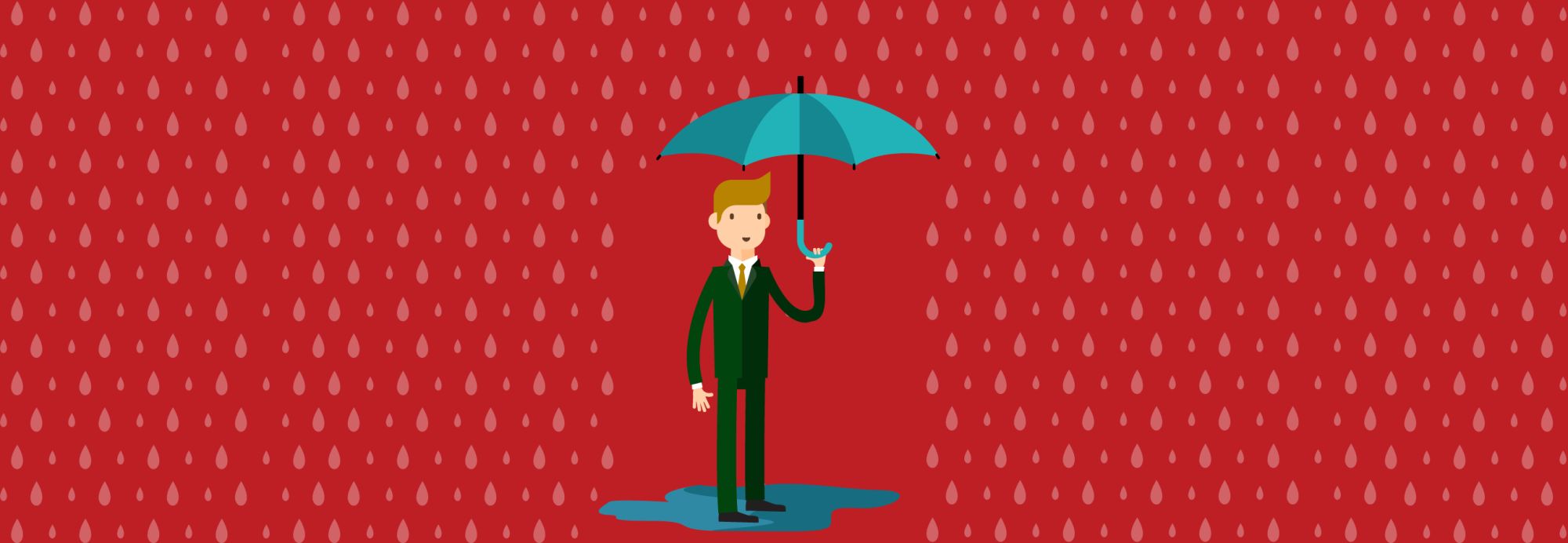
Since the conception of psychology, psychological tests have been experimented with by businesses and organisations to try and build a more detailed profile of candidates.
Some countries place a heavy emphasis on the results of such tests, whereas in other nations, certain types of psychological tests are deemed illegal under employment law. So what type of tests have employers used, and what can they tell us about a candidate’s appropriateness for the job? Here, we take a look at some examples of popular psychological employment tests used around the world.
Graphology
Graphology is the ‘science’ of being able to determine certain character traits of an individual by their handwriting. France is one of the few countries worldwide still using graphology in the employment process, where it is roughly estimated that 50% of companies still use hand-writing analysis.
Graphologists use methods developed from Jungian psychology (and a sprinkle of Freud!) to analyse a person’s handwriting to reveal aspects of personality. Some of the questions graphologists may pose include: Are letters spaced out or close together? Are characters elongated or squashed? How is space used on the page? These are just some of the many parameters used to draw personality conclusions.
Sceptics argue that the content of writing, rather than its style of presentation, is a better indicator for building an employee profile, and that there is a lack of evidence and proof that handwriting reveals any personality traits at all. However, as some professional graphologists argue, if their methods were not working, it would be apparent by now, and their services rendered useless. It seems that for now, the jury is still out on graphology.
Draw-a-person-in-the-rain
This test aims to build a personal profile based on one’s drawing habits. The task – to draw a picture of a person standing in the rain. Easy, right? Rather than testing one’s artistic prowess, this test looks at aspects of size, composition, pen pressure, and time taken to determine what kind of traits you have. To many of us, this might sound like a crazy solution for rooting out the best candidates, but it is common practice in Argentina, where psychological testing is held in high regard. In fact, a recent survey revealed that Argentinian employers use psychological tests in 24.6% of all interviews.
Let’s take a look at the psychological breakdown. Drawing your figure on the right-hand side of the paper might indicate, for example, your desire to grow professionally, and your self-confidence. Placing the figure on the left-hand side, alternatively, may show pessimism. Did the candidate draw an umbrella? If they drew a large one, it may indicate they’re a defensive person. No umbrella? Maybe you find it difficult to cope with tough life situations. You get the gist.
Again, this may sound like a highly speculative method to many of us. But does the fact that it is commonly used in the employment process in Latin America mean that it’s working? Again, much like graphology, there is little concrete evidence that, for example, a candidate who draws the ground in the picture is really a ‘grounded’ person. However, its sustained popularity in the region means someone, somewhere, is happy with the results!
Rorschach test
The Rorschach test, or ‘inkblot test’, is one of the most famous psychological tests conceived. Using 10 ambiguous shapes created out of coloured inkblots, it asks the participants what they see in the shadowy smudges on the paper. Popular in the 1960s, it is rarely used in the recruitment process today. However, it still has a major following in countries such as Japan – The Japanese Rorschach Society is by far the largest in the world.
Hermann Rorschach initially developed the test as a tool for the diagnosis of thought disorders and schizophrenia in 1921. It was not until 1939 that the test was used as a projective test of personality however, which the inventor had always been sceptical about using it for (although this has not stopped myriad organisations using it since). So what can we tell about a candidate from their reading of the Rorschach?
In true psychoanalytical fashion, your response to the inkblots is supposed to determine what’s going on in your subconscious. For example, hesitating and spending too long figuring out what's going on in a picture could mean you are tentative, neurotic, and/or lack awareness in social situations. In another picture, seeing two people pressing hands together may mean you’re adverse to violent thoughts.
As mentioned before, the Rorschach test is rarely used in the employment process today, but many still hold on to the psychological insights it can give us about those participating. Psychoanalytical ideas can still be found in employment tests across the world, as recruiters try to draw the most accurate profile of candidates.
If you’d like to gain the skills needed to lead in the field of recruitment, take a look at the BA (Hons) Business Management (Human Resources Management) programme from The University of Law Business School.
More insight from our blog
-
Read More
Is a career in the oil and gas industr...
Thinking where to direct your energy? Oil and gas management could be the career chal...
-
Read More
Everything you need to know about Engi...
-
Read More
How does HR add value to an organisati...
As a non-revenue generating department, HR teams must fight against the threat of aut...
-
Read More
Different styles of leadership: Which ...
Leadership is a highly sought after skill in a range of career paths. But just what i...
-
Read More
A career in business sustainability
We take a look at why business sustainability is so important, and how you can build ...
-
Read More
What is the difference between a regul...
Find out everything you need to know about traditional MBA and Executive MBA programm...